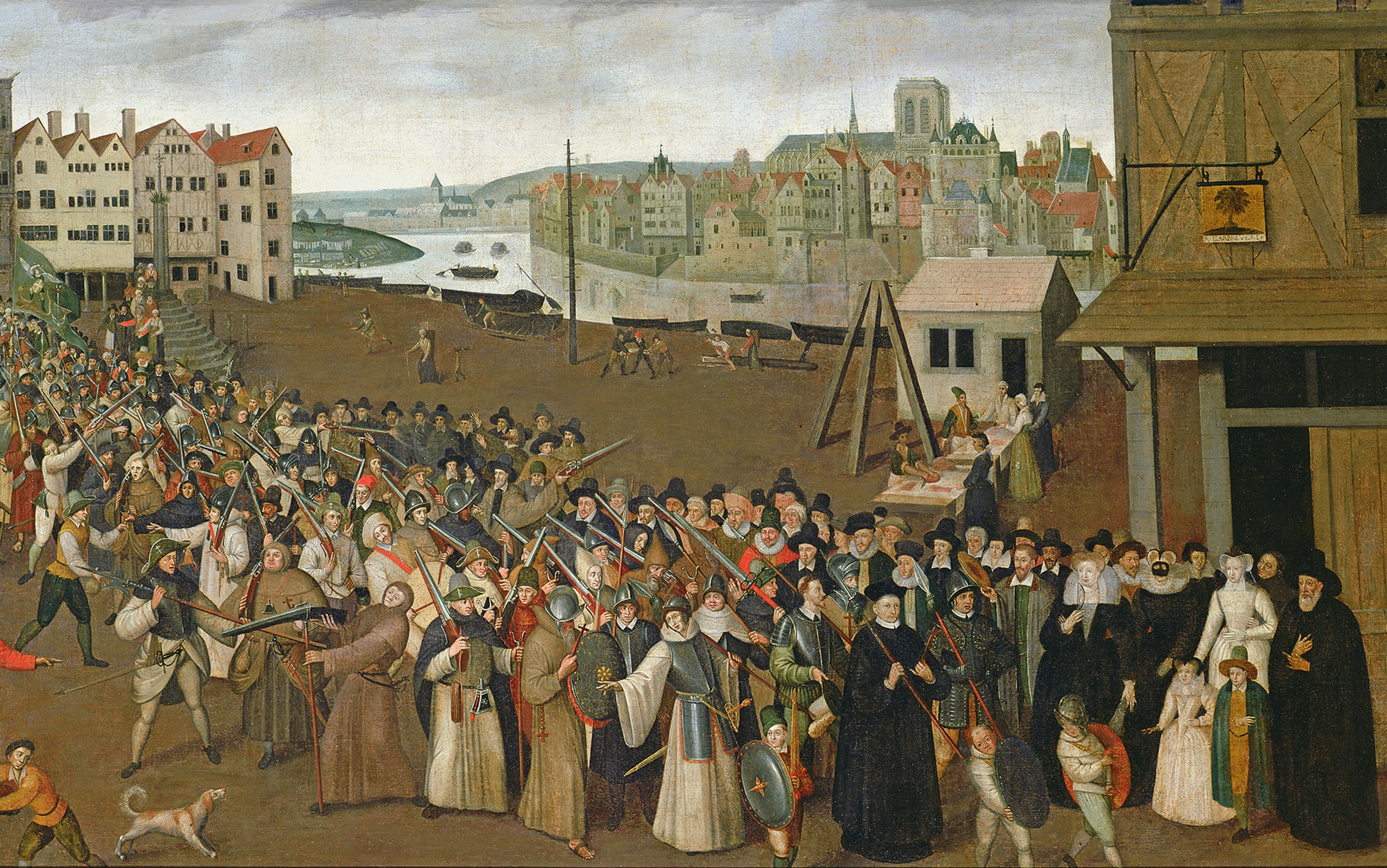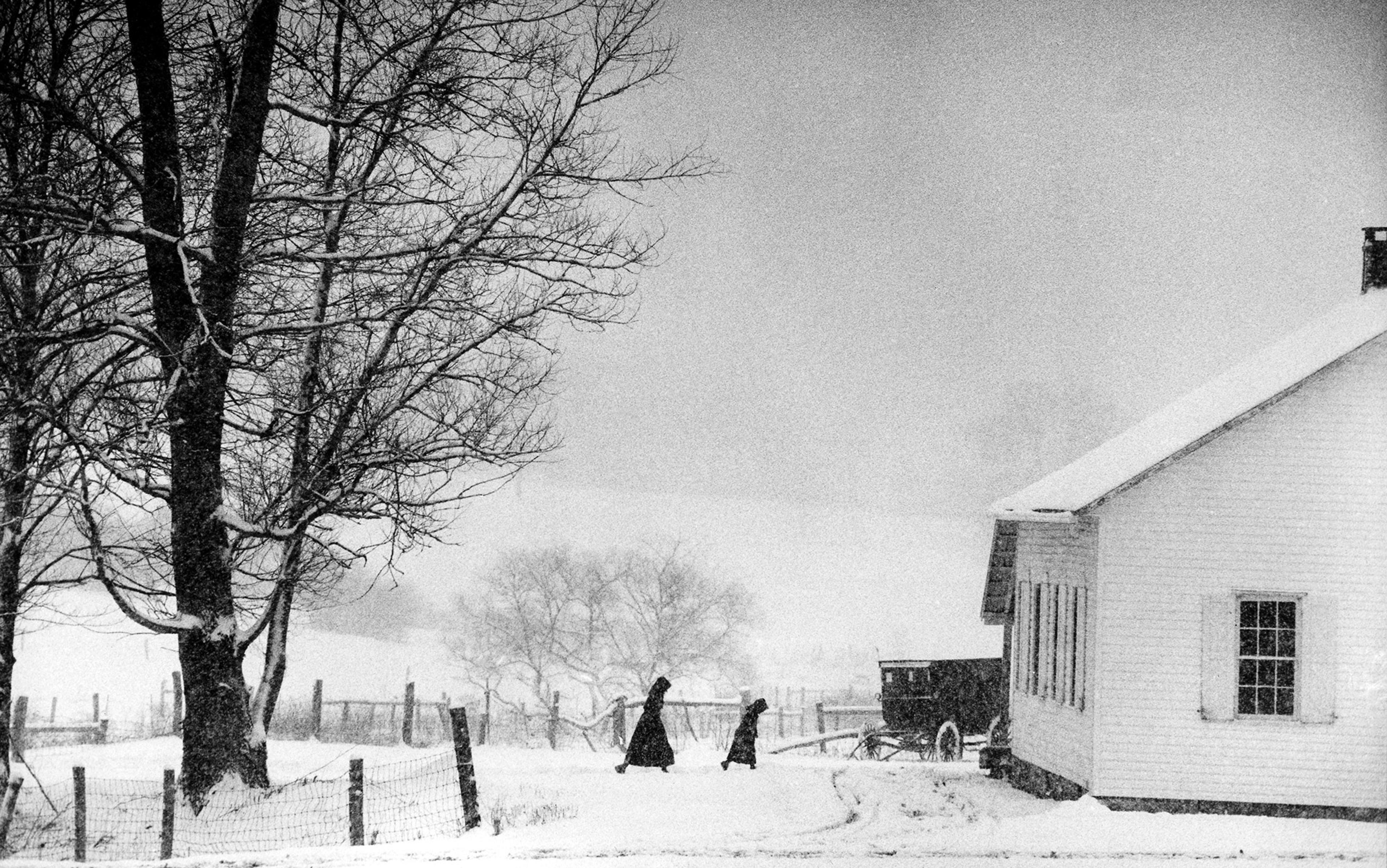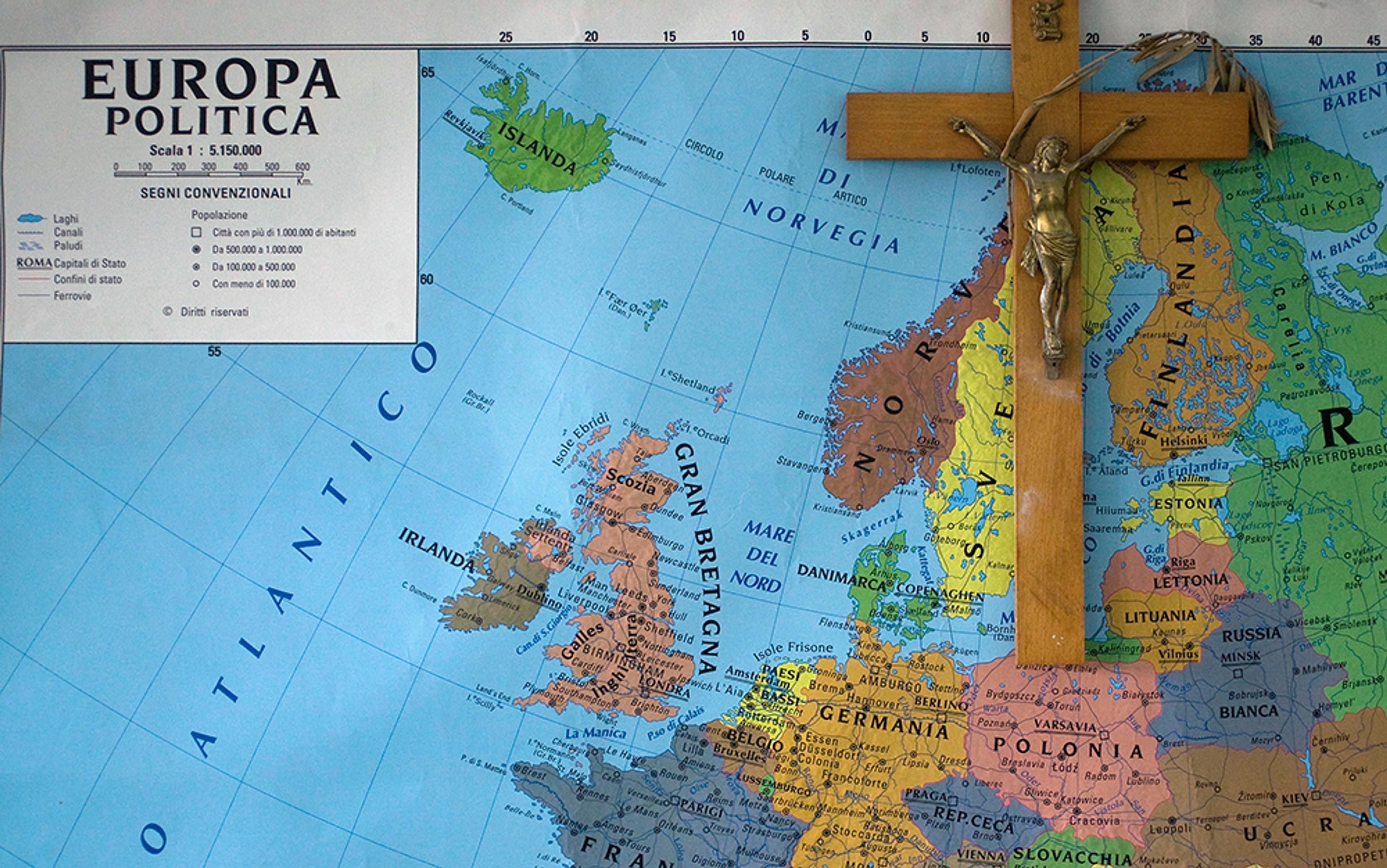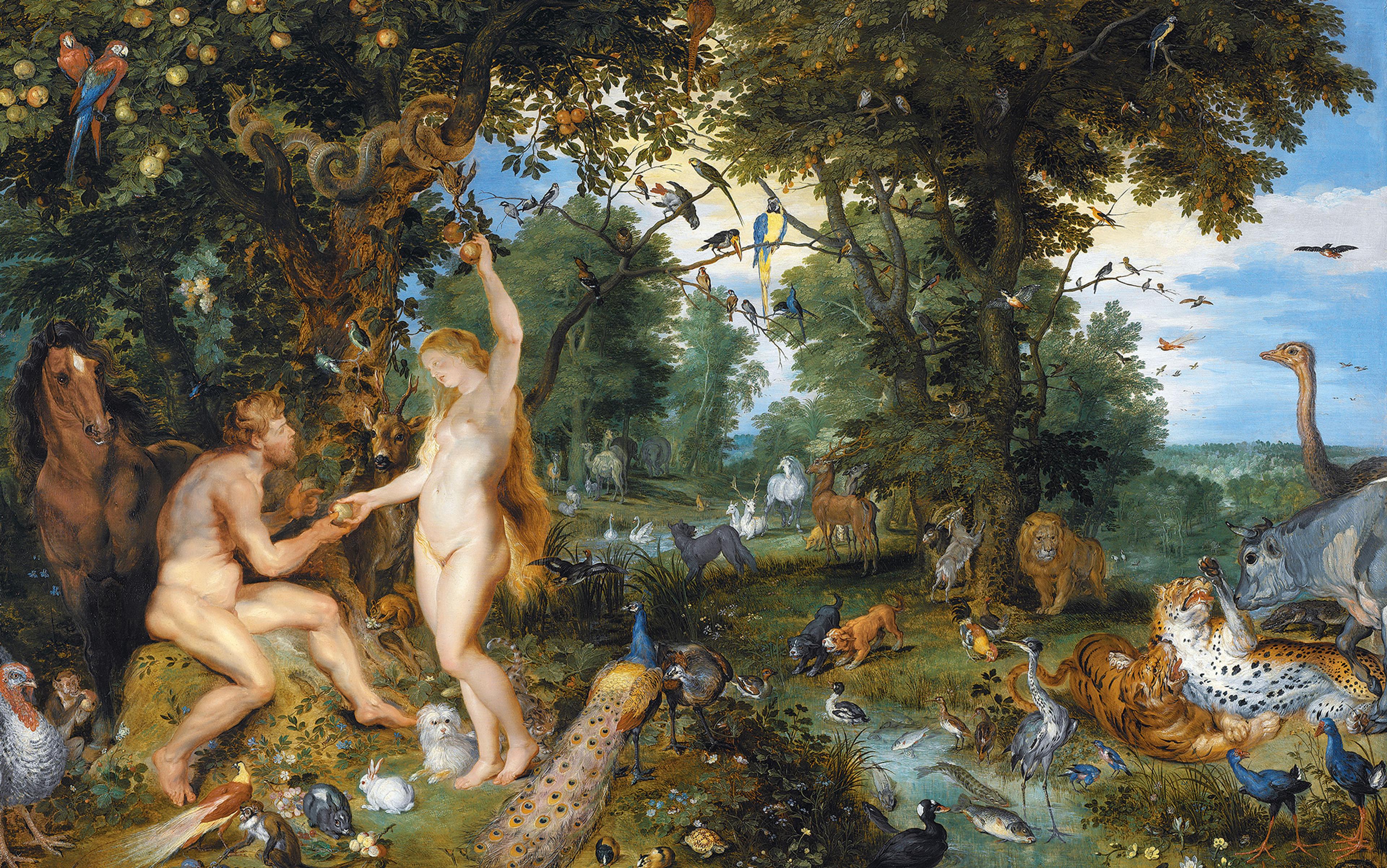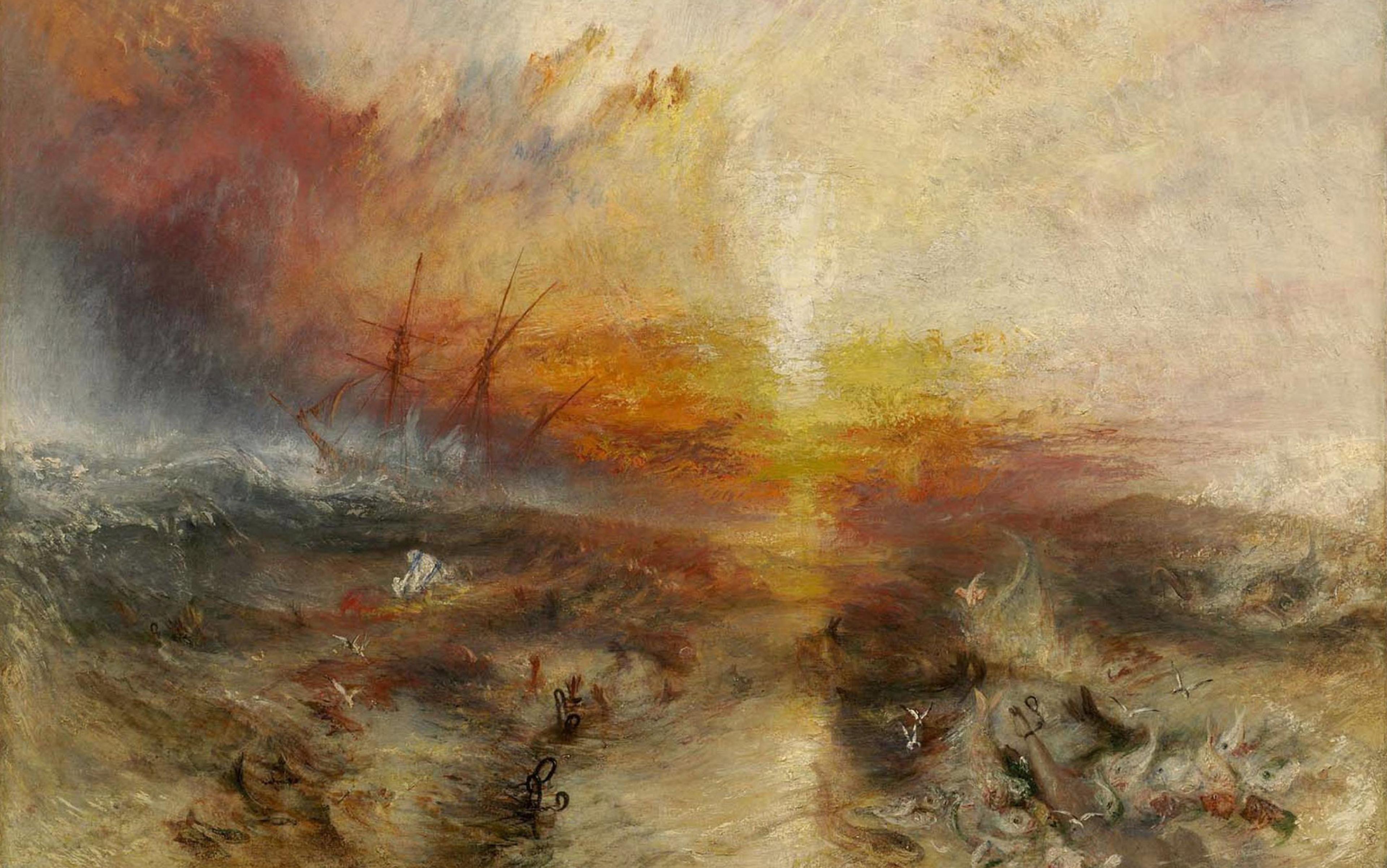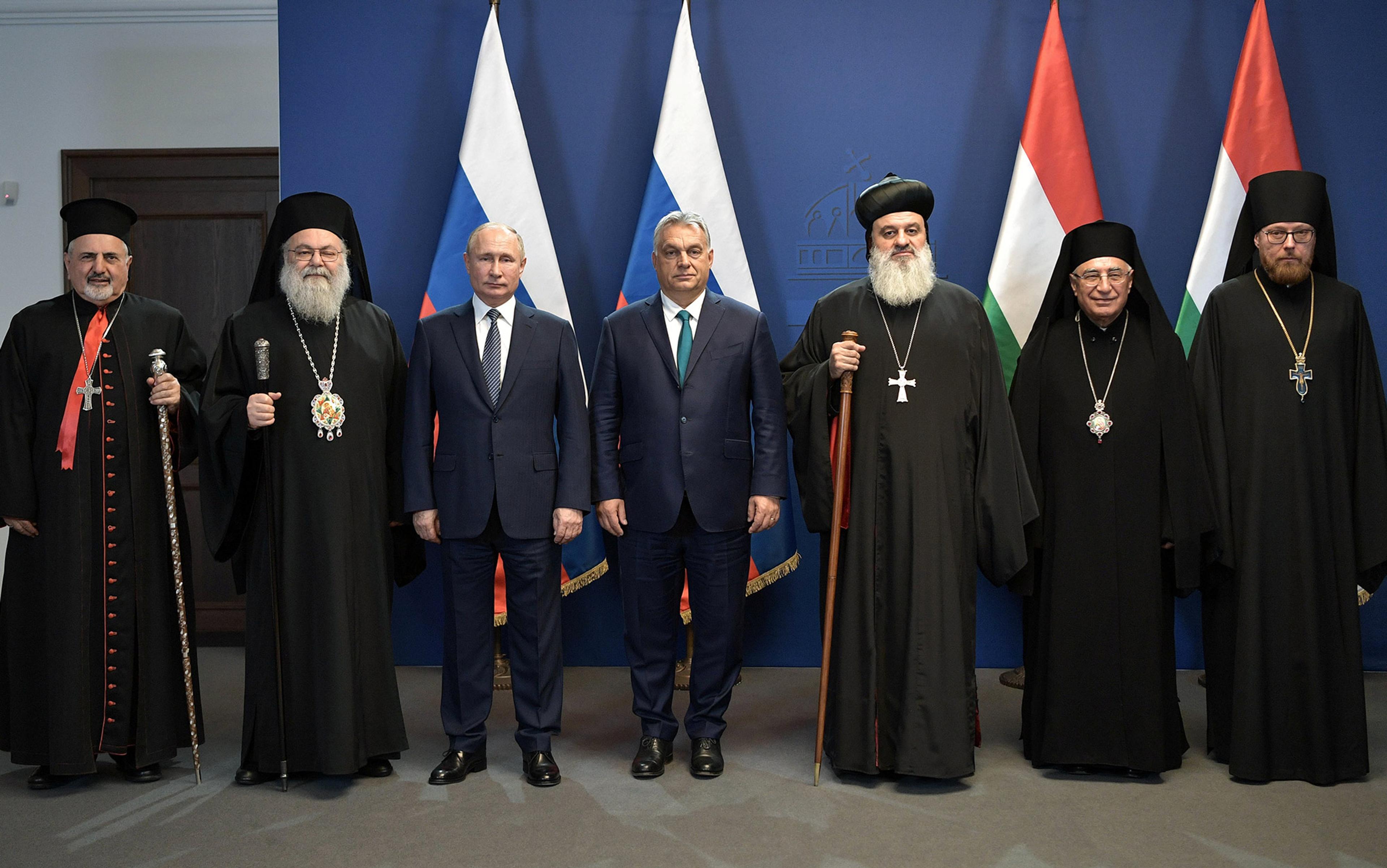Religious freedom has become an emblematic value in the West. Embedded in constitutions and championed by politicians and thinkers across the political spectrum, it is to many an absolute value, something beyond question. Yet how it emerged, and why, remains widely misunderstood.
According to the conventional narrative, freedom of religion arose in the West in the wake of devastating wars fought over religion. It was catalysed by powerful arguments from thinkers such as John Locke, Baruch Spinoza, Pierre Bayle and Voltaire. These philosophers and political theorists responded to the brutality of the religious wars with support for radical notions of toleration and religious freedom. Their liberal ideals then became embedded in the political institutions of the West, following the American and French Revolutions.
In broad outline, such is the account accepted by most political philosophers and social scientists. But the evidence does not support this emphasis on the power of ideas in shaping the rise of religious freedom, and underestimates the decisive role played by institutions.
The ideas of the philosophers were indeed important. In his Dictionnaire Historique et Critique (1697), Bayle pointed out that if one religion claimed to be the only true faith, it by implication possessed the right to persecute all the others, and all other faiths possessed an equal right to make such a claim. Showing the inherent volatility, for society, of such religious-truth claims, Bayle also argued that if people turned out to be mistaken about their religion, they could hardly be guilty of sin for nonetheless trying, in their sincerity, to observe its dictates.
Locke argued that true faith could not be compelled. It followed, he claimed, that restricting the rights of religious minorities should only be done for reasons of state, that is, not for reasons of faith or salvation. Voltaire took a no less effective course, relentlessly documenting and mocking cases of religious persecution. Time and again, he made zealots and enforcers of religious dogma look ridiculous. These are compelling and consequential ideas, and worthy of continued study and reading.
But focusing on these ideas does not fully explain how religious freedom came to the West. The intellectual importance of Bayle, Locke and Voltaire does not mean that their ideas were central to religious freedom as it developed and came to be in actual political and social life.
With my colleague at George Mason University, the economist Noel Johnson, I recently completed the book Persecution and Toleration (2018), in which we show that ideas were not enough to realise religious freedom. Crucially, it took political and institutional changes – specifically, the growth and strengthening of the ability of states to create and enforce rules – to make religious freedom in the West possible and appealing. It wasn’t the ideas of Bayle or Spinoza or Locke driving the rise of state power, it was the need to raise resources for governing and war. For the rising fiscal-military state, religious uniformity and persecution simply became too expensive and inefficient.
Medieval Europe was characterised by multiple overlapping political boundaries and jurisdictions. These were not ‘states’ in the modern sense. Rulers were expected only to enforce existing ‘laws of the land’, not to pass new laws. Usually, no taxes were raised – in normal times, rulers lived off the proceeds of their own lands. Armies were not permanent but rather raised in an ad hoc manner as needed. Different territories and cities within a kingdom might have their own internal tariffs, regulations, and weights and measures. There was little in the way of a bureaucracy.
Laws varied at a local level, and their enforcement typically depended upon an individual’s identity. Nobles were often exempt from taxation. Peasants had different rights and obligations than city dwellers. Guilds controlled access to trade.
Different rules and laws for different people are known as identity rules, and they were the norm. Medieval polities relied on identity rules because they were a low-cost form of governance. Medieval polities lacked the strength to enforce general rules, so it also made sense to rely upon identity rules.
At a deeper level, identity rules provided the glue that held the political order together. By treating individuals differently according to their legal status or religion, identity rules restricted economic competition between groups and generated economic rents that could be siphoned off by the political elite. These rents were, in turn, used to maintain the discriminatory political order.
Many of these discriminatory laws were based on religion. One example was Jewish moneylending. Canon law prohibited Christians from lending money at interest. But Jews were not subject to canon law. By enforcing this prohibition, rulers could tax the monopoly profits earned by Jewish moneylenders. In turn, they offered Jews protection from violence, and the right to govern their own affairs.
Religion also offered a potentially potent source of political legitimacy. Modern states obtain legitimacy through democratic institutions or by providing public goods and economic growth, while premodern states tended to rely more on religion.
In return for granting rulers political legitimacy, religious authorities could require secular rulers to enforce religious conformity
It made sense for medieval states to rely on religious institutions to carry out administrative tasks for them, and to provide public goods. Religious institutions such as churches and monasteries in Europe, and waqfs and mosques in the Islamic world, provided education, poor relief and other public goods. Compared with non-religious organisations, they were better at excluding free-riders and attracting contributions from members.
A partnership between church and state developed, a partnership with important consequences for religious freedom in the premodern world. In return for granting rulers political legitimacy, religious authorities could require secular rulers to enforce religious conformity. The bargain appealed to secular rulers too, as they believed that religious competition generated political instability.
Religious conformity, and thus the persecution of religious dissent, came to be tantamount to the maintenance of political order. In such a world, religious freedom was inconceivable.
The nature of this political bargain is evident in the evolution of Martin Luther’s views of religious freedom. When he first broke from Rome, Luther advocated for religious freedom. In his early works, such as the Open Letter to the Christian Nobility (1520), he acknowledged the right of any believer to his own private judgment, and argued against the compulsion of religious belief. But Luther’s position changed. The Peasants War of 1524-25 was the proximate cause of this change. He opposed religious freedom for Anabaptists, and then condemned the followers of his fellow reformer Huldrych Zwingli in Switzerland. Luther’s internal battles over religious freedom and those of his contemporaries suggest that powerful forces were at work that seemed to necessitate religious compulsion. He came to believe that religious conformity – to Lutheranism – should be required.
There’s also the case of John Calvin and Michael Servetus. Servetus was a free thinker, notable in the history of medicine for discovering the function of pulmonary circulation. He also denied the Trinity, which made him the enemy of both Catholics and Protestants. Calvin colluded with the Catholic inquisitors of Vienne to persecute Servetus for heresy. When Servetus found himself in Geneva, Calvin pushed for his prosecution. Servetus was burned alive, to the applause of Protestant Europe.
Sebastian Castellio, a French theologian, criticised Calvin for the judicial murder of Servetus, and in so doing made a powerful intellectual case for religious toleration. Castellio’s argument for religious toleration predates Locke and Bayle by a century and a half. But his writings had no real impact, and Castellio is not honoured as the champion of religious freedom that he was.
Religious freedom, however, was simply not tenable in the first part of the 16th century. This was not simply due to dogmatism. People in the 18th century were no smarter or more able to think through arguments in favour of toleration than people in the 16th century. What was different was that religion played a greater role in sustaining the 16th-century political order.
So what changed? Why did religious freedom come to the West? Why did Locke and Voltaire become heroes of religious freedom, but not Castellio? The answer lies in fundamental institutional changes that took place in European states between 1500 and 1800.
The first change was the transformation in the scale of European states. In the late Middle Ages, medieval rulers began to invest in building administrative capacity and to raise taxes more regularly. The most dramatic developments, however, occurred after 1500, as a result of developments in military technology that historians label the Military Revolution. This continent-wide arms race, brought on by the development of gunpowder, forced rulers to invest in greater fiscal and administrative capacity.
To pay for larger armies, new taxes had to be raised and a permanent system of government borrowing established. Moreover, there was a shift away from ad hoc, feudal and decentralised tax systems, and a move towards standardisation and centralisation. Rather than relying upon tax farmers, the church or merchant companies to raise taxes on their behalf, rulers invested in vast bureaucracies to do it directly. It was the only way they could pay for their ever-growing armies.
The size of European armies provides a sense of the scale of transformation. The armies that contested the Hundred Years Wars between England and France generally numbered in the thousands. When the French assembled a force that substantially exceeded 10,000 men at the Battle of Agincourt in 1415, this was an unusual event and, in any case, it was defeated by a much smaller English force.
By the beginning of the 18th century, French and English commanders led battlefield armies of up to 100,000. Under Louis XIV, the total size of the French army in the field was 400,000.
Paying for these huge armies – and for the equally expensive navies that early modern states built up – required significantly increased tax revenues. Between the Glorious Revolution in 1688 and the conclusion of the Napoleonic Wars in 1815, the tax revenue taken by the British state increased by a factor of 15. As total GDP grew by approximately a factor of three, this represented a quintupling in the relative size of the state. Other European states also succeeded in greatly increasing the amount of tax revenue they collected (though some, like France, could not do so at the rate required to keep up with rising expenditures).
The dramatic institutional transformations attending these changes marks what is known as the rise of the fiscal-military state, the emergence of which set in motion large-scale costly wars. The formidable military and administrative capacity of early modern states also meant that they had the power to hunt down heretics more effectively than their medieval predecessors. Rulers such as the Habsburg Philip II in the Netherlands and Mary I in England burned hundreds of individuals for their religious beliefs.
For states with bureaucracies and professional tax collectors, it was simply less costly to treat everyone equally
However, the long-run impact of these changes undermined religion as a tool of political legitimation, and worked to replace the old reliance on identity rules with more general laws. The new modern states that emerged in Europe after 1600 subordinated all alternative sources of power – the nobility and the church – to one sovereign authority. Religious legitimation became less important as a source of political legitimacy, and the grand bargain between church and state weakened. As they relied less on religious authority, states grew less inclined to value enforcing religious conformity.
Cardinal Richelieu illustrates these developments. Richelieu destroyed the independent power of the nobility in France; he greatly expanded the power of the monarchy; and, though a cardinal, he elevated the interests of France above those of the Catholic faith. A crucial part of this achievement involved the destruction of the independent military power of the Huguenots, or French Protestants. As Richelieu crushed the Huguenot ‘state within the state’, he also guaranteed their right to worship according to the Protestant creed. Religion was to be a private activity rather than an alternative source of political power. Quite simply, greater religious freedom came at the price of political power for religion.
The process of centralisation and bureaucratisation brought other important consequences. It meant that identity rules had to be abandoned. In their place, states instituted more general rules. Guilds lost their monopoly privileges. Legal systems became increasingly standardised; taxes more regularised. For states with bureaucracies and professional tax collectors, it was simply less costly to treat everyone equally. Discriminatory rules against Catholics, Protestants or Jews either became redundant over time or were eventually done away with. Though gradual and fitful, this levelling process proved inexorable and, in the long-run, irreversible.
Some states attempted to strictly enforce religious conformity. Habsburg Spain instituted the Inquisition and expelled its Jewish and Muslim populations. Louis XIV threw the Huguenots out of France. But these attempts to return to the medieval world of religious uniformity proved costly mistakes and helped to weaken the regimes and states that undertook them.
The establishment of relatively powerful and ‘secular’ states that no longer required religious legitimation shifted the political equilibrium in favour of religious freedom and dismantled the old system of identity rules. Once this institutional change had taken place, elite opinion shifted in favour of religious freedom.
The case of Jewish emancipation provides an important example of how, historically, religious freedom actually happened. In 1782, the Habsburg emperor Joseph II issued one of the first edicts of toleration for Jews in continental Europe. The act granted certain civic rights to Jews on the proviso that they be integrated with the rest of the population as active citizens. It stopped short of offering Jews full equality, but represented a radical change in the way in which Jews had been treated. The impetus towards emancipation came less from commitment to the principle of religious equality than from a recognition that maintaining the old reliance on identity rules imposed considerable economic and political costs. Joseph II was persuaded by the writings of Christian Wilhelm von Dohm, who had argued that the existing regulations hemmed in Jewish life, making Jewish people unproductive as citizens and as workers. Freeing the Jews from discriminatory laws, he argued, would bolster the economy.
Joseph’s reforms were controversial. But Revolutionary France adopted a similar policy, and soon exported it to much of the rest of Europe. The results of this transformation were dramatic. Previously, Jews had been excluded from most industries and professions; they were barred from the universities, from law, and from guild membership. As a result, Jews had been largely confined to trades such as moneylending and peddling, and the majority of central European Jews lived in ghettos, and were poor and impoverished. After emancipation, this changed within a generation. Jews entered higher education, industry and commerce on a large scale.
This increase in religious freedom also transformed Europe’s cultural and intellectual life. Between the Middle Ages and the modern era, Jewish intellectual culture had in many ways fallen behind that of Christian Europe – notwithstanding the occasional exceptional genius such as Spinoza or Moses Mendelssohn. The emancipation of Europe’s Jewish community gave rise to a tremendous flourishing of intellectual and artistic achievement among Jews that greatly enriched European society.
Religious freedom began to seem less like a recipe for social disorder and civil war, and more like a win-win proposition
Economic changes complemented the rise of religious freedom, most notably the onset of modern economic growth. As in the Jewish example, greater freedom allowed religious minorities to flourish. French Protestants expelled by Louis XIV brought with them advanced skills and industrial expertise to England, the Netherlands and Prussia. In Industrial Revolution Britain, Quakers and other religious dissenters were overrepresented among businessmen, entrepreneurs and innovators.
The indirect consequences of moving from identity rules to general rules were even more important. Identity rules had limited the scope of trade and the division of labour. As these identity rules were removed – as guilds lost authority, and cities and lords lost their ability to charge internal tariffs – trade and commerce expanded.
The growth of trade, in turn, reinforced the trend towards liberalism. Trade, as Enlightenment thinkers such as Montesquieu argued, encouraged individuals to see the world through the positive-sum lens of mutual beneficial interaction rather than through the zero-sum lens of conflict. Religious freedom began to seem less like a recipe for social disorder and civil war, and more like a win-win proposition.
What implications does our argument have for the modern world? Most important perhaps is the need to recognise that liberal ideas were not necessarily responsible for the emergence of liberal societies. Instead, the rise of a new type of political organisation, the modern state, led, for its own reasons, to rulers enforcing general rules of behaviour – rules incompatible with religious discrimination.
Protestants often see the Reformation as explaining the origins of religious freedom. But the example of Calvin and Castellio suggests that Protestantism itself did not point the way to religious freedom. American national mythology often attributes the origins of religious freedom to the Puritans who fled persecution in England and settled in New England. But the Puritans believed in religious freedom only for Puritans; they were stricter enforcers of religious conformity than many European states. The actual adoption of any meaningful practice of religious freedom followed neither from the arguments of philosophers, nor from the nature of Protestant belief, but from the political impossibility of achieving conformity after 1600 as Protestantism grew more and more sectarian.
Finally, the history of how religious freedom came to be is a reminder that commitment to liberal values alone is not enough for liberalism to flourish. It requires a suitable political and economic foundation. As the experience of 1930s Germany suggests, religious persecution can quickly re-emerge. We cannot rely on liberal ideas alone to be effective. If we value religious freedom, and other achievements of liberalism, we must look to the vitality of their institutional foundations.
